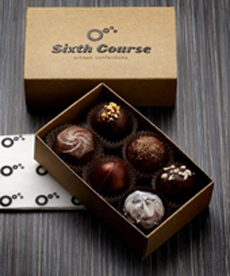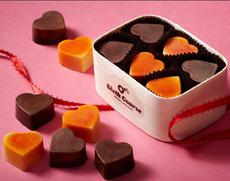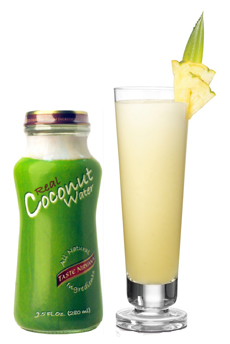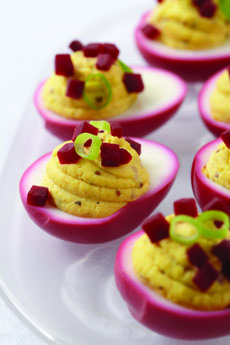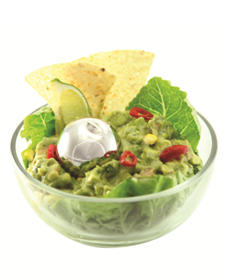|
Piña Coladas are delicious, but they sure pack in the sugar and saturated fat. Here’s a “drink this, not that” tip from coconut water brand Taste Nirvana, on how to lower your Piña Colada calories while still enjoying a taste of the tropics and natural coconut flavor.
CLASSIC PINA COLADA RECIPE
Ingredients Per Drink
2 ounces Coco López Real Cream of Coconut (substitute coconut water)
2 ounces pineapple juice
1½ ounces rum
1 cup ice
Optional garnish: pineapple wedge and/or maraschino cherry
Preparation
1. MIX ingredients in blender until smooth. Pour into a tall glass.
2. GARNISH and serve.
WHAT’S COCO LÓPEZ?
Coco López is a brand of cream of coconut, invented in 1954by Ramón López Irizarry, a professor of agriculture at the University of Puerto Rico. The ingredients on the can include coconut milk, sugar, water, emulsifiers, stabilizers and thickeners (guar gum, locust bean gum, mono- and diglycerides, polysorb 60, sorbitan monostearate, Propylene glycol alginate) and preservative (citric acid).
The creamy heart of the coconut had long been used in Caribbean desserts. But separating it from from the coconut pulp was an arduous process.
With funds from the government, Irizarry worked on a solution. He ulimately left teaching to produce and sell his product, which was adopted not just by cooks but by bartenders.
According to the book “La Gran Cocina Del Caribe” by José L. Díaz de Villega, the Piña Colada made its debut on August 16, 1954 at the Caribe Hilton’s Beachcomber Bar in San Juan, Puerto Rico, a watering hole for a star-studded clientele. The hotel management had requested that bartender Ramón “Monchito” Marrero create a new signature cocktail. Marrero worked for three months on the recipe.
Piña is Spanish for pineapple, and colada means strained; the drink is usually served blended with ice. The Piña Colada has been the official beverage of Puerto Rico since 1978.
*Rumaki is a mock-Polynesian hors d’oeuvre, believed to be invented by Victor Bergeron, founder of Trader Vic’s.
|

